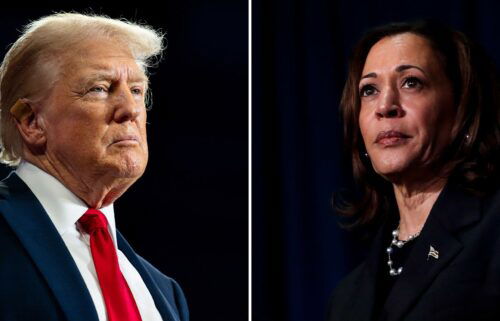China is ratcheting up its battle to rescue a slumping economy

China’s central bank is further loosening its purse strings as the country grapples with a slumping economy and a prolonged trade war with the United States.
On Wednesday, the People’s Bank of China cut its new benchmark lending rates by five basis points. The one-year loan prime rate (LPR) dropped to 4.15% from 4.20% in October. The five-year LPR was cut for the first time since it was introduced a few months earlier, going from 4.85% to 4.8%. The cuts are relatively small, and analysts say further reductions could come as China tries to boost the economy while reining in inflation.
The LPR, which banks charge corporate clients for new loans, is a new lending benchmark that China introduced in August and hopes will gradually replace the existing fixed benchmark lending rate.
“It’s now very evident that Beijing has been stepping up efforts to stabilize growth as top leaders are increasingly concerned,” said Ting Lu, chief China economist for Nomura, in a recent research report.
The rate cut did not appear to cheer investors in the region, who are increasingly concerned instead about whether the United States and China can reach a comprehensive phase one trade deal.
China’s Shanghai Composite Index fell 0.6% and Hong Kong’s Hang Seng Index dropped 0.7%. Japan’s Nikkei and South Korea’s KOSPI were down 0.6% and 1.1% respectively.
‘Downward pressure’
Wednesday’s cut came just days after the central bank made a surprise reduction in another key lending rate.
The seven-day reverse repurchase rate, a short-term rate at which the central bank lends money to commercial lenders, was reduced on Monday by five basis points to 2.5%. It was the first cut to that rate in more than four years, according to Refinitiv.
Earlier this month, the PBOC also cut the rate on its one-year medium term lending facility (MLF) loans by five basis points to 3.25%. The loans are used by banks for longer-term financing.
China’s economic slowdown is worsening amid a bruising trade war with the United States and cooling domestic demand. The country’s gross domestic product grew by 6% in the third quarter, its lowest level in nearly three decades.
Last week, China released a series of important economic indicators that continued to disappoint the markets. Retail sales grew 7.2% in October compared to a year prior, below the 7.9% increase expected by analysts polled by Refinitiv. Industrial output, meanwhile, grew 4.7%, which was also weaker than anticipated.
“Downward pressure has continued to increase in the economy,” the central bank said in its latest monetary policy report over the weekend. “Weakening external demand is weighing on China’s exports,” it added.
Yi Gang, the PBOC governor, said Tuesday at a meeting that the central bank needs to “strengthen its counter-cyclical adjustments” and “step up credit support” for the economy.
More cuts in the cards?
The series of rate cuts are a “reassuring sentiment signal” that the Chinese central bank is still willing to step up credit support for businesses despite a real estate bubble and rising debt levels, said Stephen Innes, chief Asia market strategist at AxiTrader.
“It seems clear that China isn’t waiting around for an interim trade deal to be signed and is cranking up the revolutions on the stimulus engine sooner rather than later as its economy slows,” said Jeffrey Halley, senior Market Analyst for Asia Pacific at Oanda.
The central bank faces a balancing act, however, with China’s consumer inflation on the rise. Lower interest rates tend to increase inflationary pressures, as they make borrowing cheaper and cause people to spend more.
China’s consumer price index rose 3.8% in October from a year earlier, the quickest pace in nearly eight years, up from a 3% increase in September. The spike was largely driven by pork prices, which soared more than 100% compared to the same month last year because of an outbreak of African swine fever. Pork is a staple of the Chinese diet, particularly during the country’s national festivals.
“As the slowdown worsens, the central bank is facing more objectives and constraints… many of which are conflicting,” Wang Han, chief economist for Industrial Securities, a Chinese brokerage firm, said in a recent note.
But as the economic outlook deteriorates, the central bank may have to act more aggressively.
“With the prop from recent monetary easing likely to be underwhelming and headwinds to economic growth mounting, we think the PBOC will start to cut rates more aggressively in the coming months,” said Martin Lynge Rasmussen, China economist for Capital Economics.


